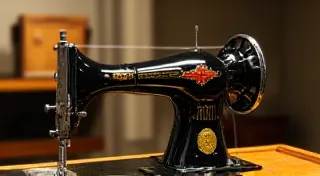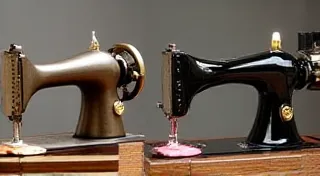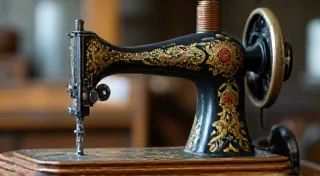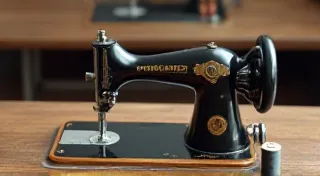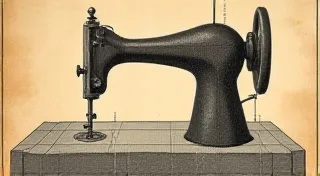Collecting Singer Featherweight Machines: A Collector's Guide
The Singer Featherweight – a name synonymous with reliability, portability, and iconic design. These lightweight machines, originally introduced in 1933, have earned a devoted following, and are among the most popular machines for vintage sewing machine collecting. This guide explores the different models, variations, and offers practical advice for those embarking on or expanding their Singer Featherweight collection.
The Origins and Evolution of the Featherweight
The Great Depression presented a challenge for Singer. They needed a machine that was affordable, durable, and appealing to a wider audience. The answer was the 221 Featherweight. Its aluminum alloy body made it significantly lighter than other machines of the time, weighing just under 8 pounds. The simple, streamlined design was aesthetically pleasing and perfectly embodied the era’s design sensibilities.
Initially offered in black enamel, the Featherweight quickly gained popularity. Its reputation for quiet operation and smooth stitching cemented its place in sewing history. The initial model, the 221, saw various minor revisions over the years, including changes to internal components and needle plate designs. Identifying these early models is a key aspect of collecting.
During World War II, Singer contributed to the war effort, producing military equipment. Featherweight production was suspended, and when it resumed, changes were made. These changes included a painted finish (rather than enamel) and slight modifications to the machine's internal mechanisms.
Identifying the Different Models & Variations
While the term "Featherweight" generally refers to the 221 series, there are several models and variations to be aware of. Understanding these differences is crucial for accurate identification and informed collecting.
The 221 – The Original and Most Common Model
This is the cornerstone of any Featherweight collection. Early 221s (pre-1940s) are particularly sought after by collectors. Key features to look for include:
- Black Enamel Finish: This is the original and most desirable finish.
- Original Needle Plate: Early models had a simple, flat needle plate. Later models had a slightly curved plate.
- Bobbin Winder Lever: The shape of the bobbin winder lever changed over time.
- Serial Numbers: Serial numbers provide clues to the production date and can help pinpoint specific variations.
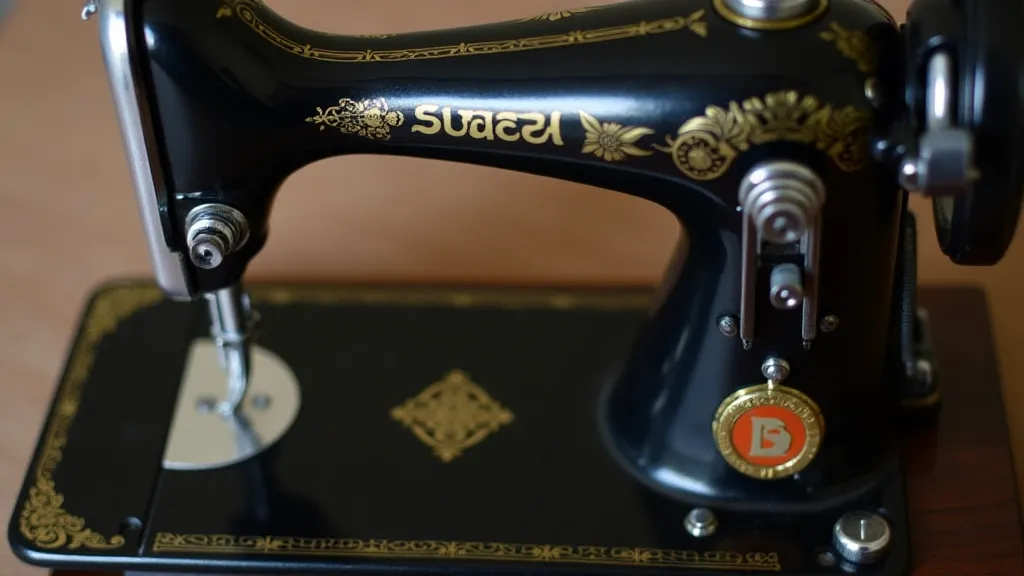
The 221-1 & 221-2 – Post-War Variations
After the war, Singer introduced the 221-1 and 221-2 models. These variations feature:
- Painted Finish: The switch to a painted finish was a cost-saving measure.
- Slightly Modified Internal Components: These changes were primarily related to manufacturing efficiency.
- Different Decal Styles: The decals on the machine’s exterior changed over time.
While not as valuable as the earliest 221 models, these machines are still desirable and represent an important part of the Featherweight story.
The 221-3 – The Japanese-Made Version
In the 1950s, Singer began manufacturing Featherweights in Japan under license. These “Japanese Featherweights” (221-3) are readily identifiable by:
- “Made in Japan” Markings: This is the most obvious indicator.
- Different Motor and Wiring: The Japanese models often have different motors and wiring harnesses.
- Distinct Bobbin Winder Design: The bobbin winder is a different design.
These machines are generally considered to be well-made, but have a slightly different feel compared to the American-made versions.
The 3-15 Featherweight – A Rare Hybrid
The 3-15 is a truly rare and highly sought-after variation. It combines the Featherweight body with the mechanics of a later Singer sewing machine (often a 301A). These were primarily sold in Europe and represent a fascinating example of Singer’s engineering adaptability.
Condition, Accessories, and Value
When assessing the value of a Singer Featherweight, several factors come into play:
- Condition: The better the condition, the higher the value. Look for signs of wear, rust, or damage.
- Originality: Originality is key. The presence of original parts and accessories significantly increases value.
- Rarity: Certain variations, such as the 3-15, are much rarer and therefore more valuable.
- Accessories: Original presser feet, bobbins, and other accessories are highly desirable.
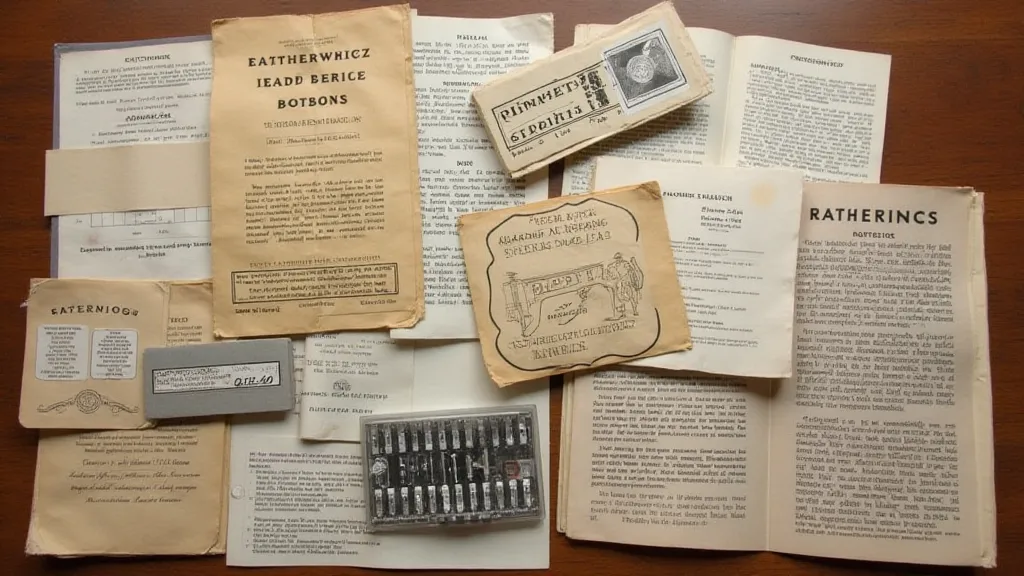
Collecting Tips and Resources
Here are some tips for aspiring Singer Featherweight collectors:
- Research: The more you know about the different models and variations, the better equipped you’ll be to make informed purchasing decisions.
- Patience: Finding the perfect machine takes time. Don't rush into a purchase.
- Ask Questions: Don't be afraid to ask sellers questions about the machine’s history and condition.
- Join Online Forums: There are numerous online forums and communities dedicated to vintage sewing machine collecting. These are great resources for information and support.
- Attend Sewing Machine Shows: Sewing machine shows are excellent places to find machines and connect with other collectors.
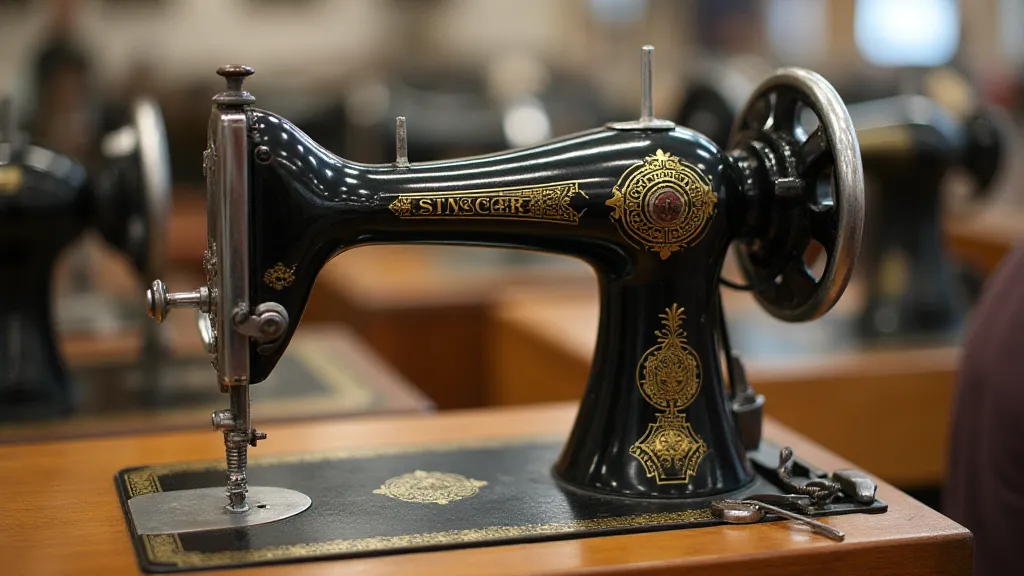
Conclusion
Collecting Singer Featherweight machines is a rewarding hobby that combines history, mechanics, and aesthetics. Whether you’re a seasoned collector or just starting out, there’s always something new to discover about these iconic machines. With research, patience, and a keen eye for detail, you can build a collection that you’ll treasure for years to come.
